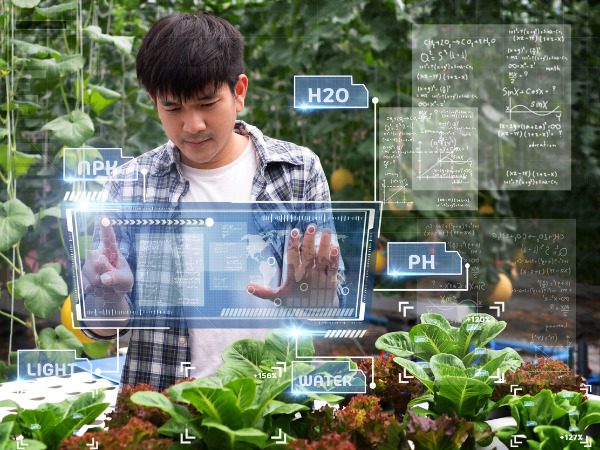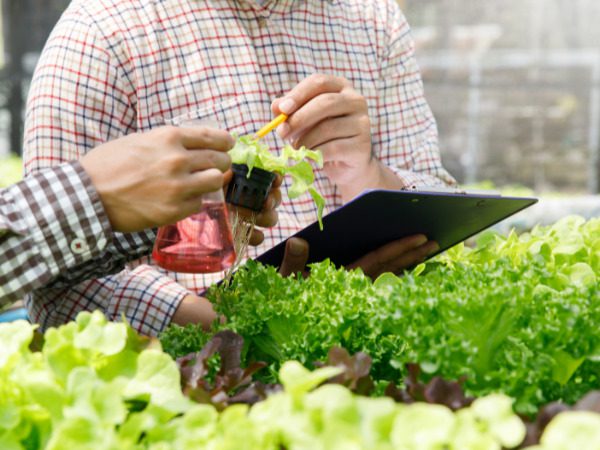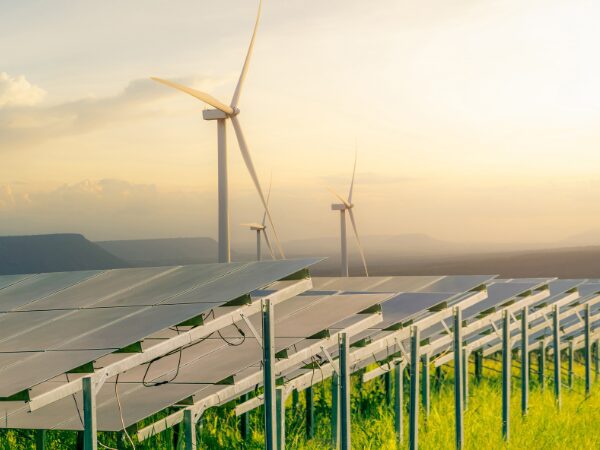The “clean label” trend in the food industry
The Clean label has transitioned from trend to a lifestyle placing pressure on the food and bever...

The global population is currently 8 billion people. The United Nation’s projection of global population growth over the coming century predicts that this number will continue increasing to reach nearly 10 billion in 2050. This growth is expected to raise many challenges, such as ensuring the increasing need for health care, housing, education, energy and infrastructure …. More importantly, ensuring a global food security represents one of the biggest challenges of the continuously growing population.
McKinsey predicted that, as a consequence of the expected jump to 10 billion people, a 70% increase in caloric demand will occur, with a crop demand that will at least double by 2050. The solution isn’t as simple as many people would think. Simply increasing the production while maintaining the adopted practices would not be without negative consequences on the environment. Indeed, the expansion of agriculture represents one of the most important reasons for pollution, destruction of natural species and deforestation that results in global warming and climate change.
Here comes the importance of implementing technology into the current farming practices in order to support the weight of extra people and lift the pressure on the climate. Indeed, a number of new technologies have lately emerged to increase the efficiency of agriculture while ensuring the use of more sustainable practices. For instance, smart farming and precision farming use IoT to increase the yield and reduce the waste.

Sensors, automation and analytics technology were integrated to get real-time data (temperature, soil moisture, light, humidity …), monitor different factors that influence the production, help the farmers with smart automated decision-making and optimize resources, mainly water through the automation of irrigation systems. An example of the use of IoT in agriculture is the Smart Greenhouses. They are designed, using sensors and IoT to intelligently monitor and control the climate according to the plant requirements.
Another crop production-related innovation concerns the agricultural drones that create a significant value for agriculture. These unmanned aerial vehicles are used in precision agriculture to improve the efficiency, to increase the yields and to optimize the use of pesticides and fertilizers. Indeed, with the use of drones, huge areas are nowadays mapped faster and more efficiently.
Drones provide the farmers with a birds-eye-view of their crops which helps them to detect changes that can’t be detected on the ground level. Indeed, these systems are equipped with multiple sensors to collect data that is analyzed to assess the health of the crops and identify the presence of any pests or diseases. Additionally, drones’ infrared and thermal sensors allow for hydric stress detection and help for quick action for the areas with a low supply of water.
Another benefit of using drones in agriculture is that they provide a more efficient and faster way of crop, pesticides and fertilizers spraying. This helps farmers to cut down the spraying time by more than half while minimizing the wastage and allowing for a better use of the resources and a greener agriculture. As a result of this, the need of manual intervention is eliminated, which mitigates the risk of error and reduces production loss.

With the potential increase in the world population, it is expected that 70% of people will live in urban areas by 2050. To succeed in feeding this important part of the population, smart closed-cycle agricultural systems were developed and allowed to grow food everywhere, in supermarkets, rooftops, shipping containers and others.
For instance, as in the automotive industry, some supermarkets started adopting the vertical integration. This means that they integrated farms into the supermarkets to grow a part of their own produce. The increasing adoption of this strategy would enable to increase crops production while mitigating the effects on the environment.
An additional key factor to preserve the planet while meeting the rising population’s need for nutritious food is the vertical farming technology. This stands for growing crops indoors on multiple vertically stacked layers instead of a single surface. The main advantage of this technology is that it enables a huge increase in the crop yield for a small area of land. This also allows to grow a variety of crops at the same time as they will be occupying different layers and not sharing the same plots of land.
Ensuring global food security over the coming years in the face of environmental preservation is a huge challenge. The technological innovations listed in this article are not the only existing ones.
Start-ups and companies all over the world are working on the development of other innovations that would help to meet the need of the continuously growing population and overcoming any crop or hunger challenge.
Companies that are innovating to address this challenge are likely to be eligible for several funding programs including government grants, and SR&ED.
Want to learn about funding opportunities for your project? Schedule a free consultation with one of our experts today!
Explore our latest insights
More arrow_forward
The Clean label has transitioned from trend to a lifestyle placing pressure on the food and bever...

The Industry 4.0 represents a blend of two industries: information technology and manufacturing. ...

Provincial governments are slowly unveiling their provincial budgets outlining fiscal strategies ...

Recently, Canadian representatives attended COP27 to discuss the actionable steps to implement to...